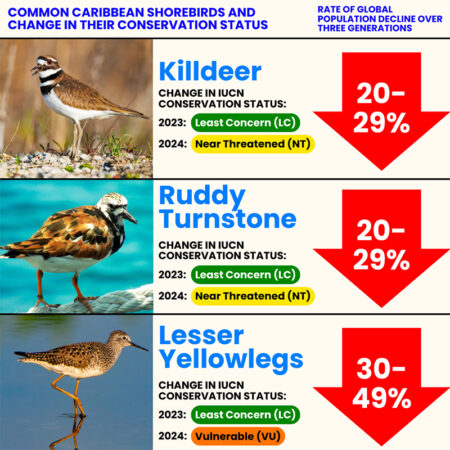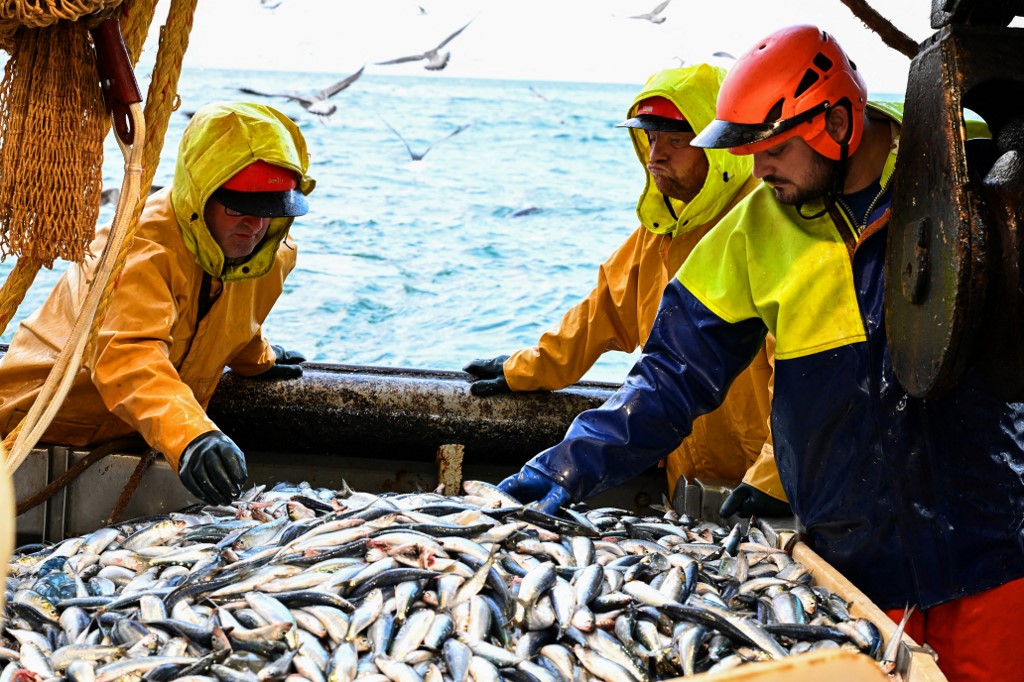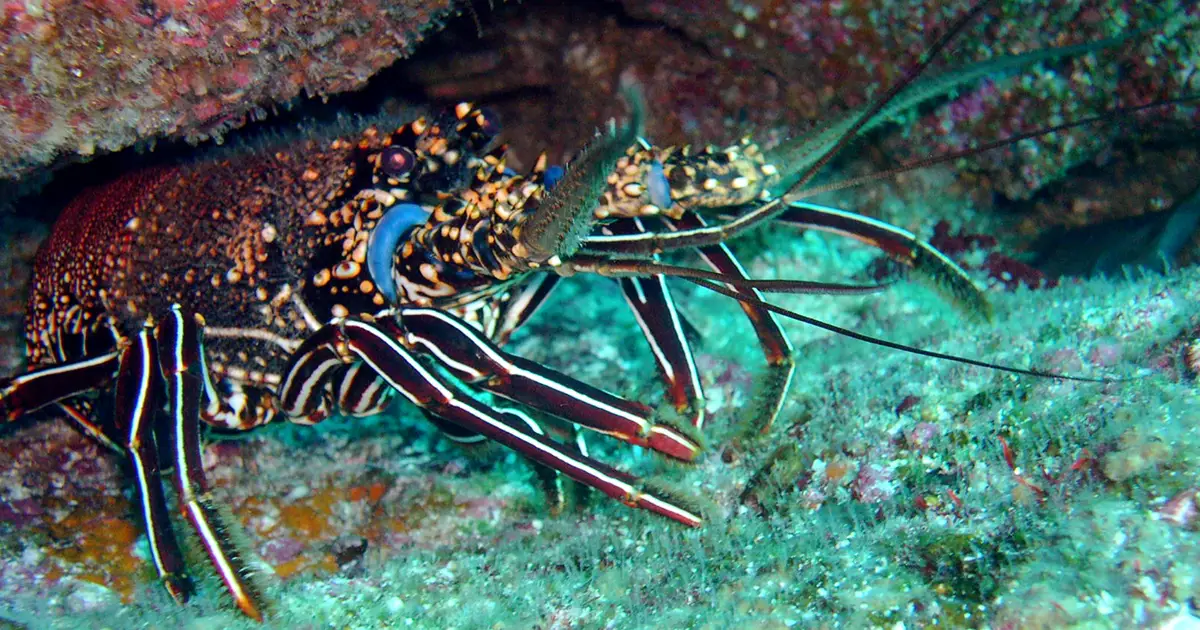Elevating Marine Conservation Excellence: Coral Triangle Embarks on IUCN Green List Journey – International Union for Conservation of Nature

Report on the Coral Triangle Regional Workshop for IUCN Green List Pathway
Introduction and Strategic Context
A regional workshop was convened in Bali, Indonesia, from June 30 to July 3, 2025, marking a significant step in advancing marine conservation in the Coral Triangle. The event, organized by the International Union for Conservation of Nature (IUCN) in partnership with the Coral Triangle Center (CTC) and the Coral Triangle Initiative on Coral Reefs, Fisheries, and Food Security (CTI-CFF), brought together over 65 Marine Protected Area (MPA) managers, policymakers, and experts. The primary objective was to launch the IUCN Green List pathway for 12 pilot MPAs, aligning regional conservation efforts with global sustainability benchmarks, particularly the UN Sustainable Development Goals (SDGs).
This initiative is a component of the Solutions for Marine and Coastal Resilience (SOMACORE) programme. It aims to elevate MPA management standards across the six Coral Triangle countries by implementing the IUCN Green List Standard, a global benchmark for effective, equitable, and sustainable area-based conservation.
- Participating Countries: Indonesia, Malaysia, Papua New Guinea, the Philippines, Solomon Islands, and Timor-Leste.
- Primary Framework: IUCN Green List Standard.
- Core Objective: To enhance the quality, equity, and inclusiveness of MPA management to deliver measurable benefits for both biodiversity and human well-being, directly contributing to the 2030 Agenda for Sustainable Development.
Strategic Alignment with Sustainable Development Goals (SDGs)
The workshop and the broader Green List initiative place significant emphasis on integrating and achieving multiple Sustainable Development Goals. The process serves as a practical framework for translating global goals into local action.
Advancing SDG 14 (Life Below Water)
The initiative is fundamentally aligned with SDG 14, which aims to conserve and sustainably use the oceans, seas, and marine resources. By implementing the Green List Standard, the 12 pilot MPAs are working directly towards:
- Target 14.2: Sustainably managing and protecting marine and coastal ecosystems to avoid significant adverse impacts.
- Target 14.5: Conserving coastal and marine areas, consistent with national and international law and based on the best available scientific information. The programme supports the Kunming-Montreal Global Biodiversity Framework’s Target 3 (the “30×30” target) by focusing on the quality and effectiveness of conservation, not just area coverage.
Fostering SDG 17 (Partnerships for the Goals)
The workshop exemplifies SDG 17 by establishing a multi-stakeholder partnership. The collaboration between IUCN, CTC, CTI-CFF, and the governments of six nations creates a robust regional network for knowledge exchange, capacity building, and coordinated action, which is essential for addressing transboundary marine challenges.
Promoting Equity and Inclusivity (SDG 1, SDG 5, SDG 10)
A central theme of the Green List Standard is ensuring equitable governance and benefit-sharing, which supports several social SDGs:
- SDG 5 (Gender Equality): The workshop emphasized gender inclusion in MPA management and decision-making processes, empowering women as key stakeholders in marine conservation.
- SDG 10 (Reduced Inequalities): The focus on the rights and active participation of Indigenous Peoples and local communities (IPLCs) in governance structures aims to ensure that conservation outcomes are fair and inclusive.
- SDG 1 (No Poverty) & SDG 8 (Decent Work and Economic Growth): By promoting community-led conservation, sustainable livelihoods, and eco-tourism partnerships, as witnessed at the Nusa Penida MPA, the initiative links biodiversity protection with poverty alleviation and sustainable economic opportunities.
Building Climate Resilience (SDG 13)
Well-managed MPAs are critical nature-based solutions for enhancing coastal resilience to climate change. The SOMACORE initiative’s focus on climate-adaptive livelihoods and resilient ecosystems directly contributes to SDG 13 (Climate Action) by strengthening the capacity of both communities and marine environments to adapt to climate impacts.
Workshop Proceedings and Key Outcomes
Capacity Building and Technical Training
The workshop provided participants with the necessary tools and knowledge to implement the Green List Standard. Technical sessions focused on conducting gap analyses against the Standard’s 50 indicators, monitoring conservation outcomes, and utilizing the IUCN Green List Site Assessment Tool for self-evaluation. This capacity building is crucial for ensuring long-term, science-based management.
Knowledge Sharing and Collaboration
A key outcome was the utilization of the PANORAMA – Solutions for a Healthy Planet platform to document and share successful conservation strategies. This facilitates peer-to-peer learning across the region and globally. Furthermore, a proposal was developed for a regional mentoring network, where established Green List sites like Tubbataha Reefs Natural Park can guide emerging sites, fostering collaboration in areas such as sustainable financing, enforcement, and adaptive management, reinforcing the principles of SDG 17.
Practical Application and Field Learning
A field visit to Nusa Penida MPA, a Green List candidate site, provided a practical demonstration of the standard’s principles in action. Participants observed successful community-led conservation initiatives, including mangrove restoration and eco-tourism partnerships, illustrating the tangible connection between effective MPA management and achieving SDGs 8, 13, and 14.
Path Forward and Global Implications
Action Plan and Timeline
Each country team developed a concrete action plan to advance their Green List journey. The key steps are outlined as follows:
- Finalize comprehensive site assessments for the 12 pilot MPAs by mid-2026.
- Receive ongoing technical support from IUCN and national Expert Assessment Groups for the Green List (EAGLs).
- Strengthen data reporting and monitoring through the Coral Triangle Atlas to track progress towards global biodiversity targets.
- Engage in peer-to-peer exchanges focused on critical themes such as blue finance, climate resilience, and community-based surveillance.
Conclusion
The workshop initiated a movement to elevate the standard of marine conservation in the Coral Triangle, positioning the region as a global leader in implementing effective, inclusive, and science-based conservation. By embedding the Sustainable Development Goals within the framework of the IUCN Green List, the 12 pilot sites are on a path to becoming models of excellence. This initiative demonstrates that well-governed and well-managed MPAs are essential tools for safeguarding marine biodiversity, sustaining local livelihoods, and building a resilient future in line with the 2030 Agenda for Sustainable Development.
Analysis of SDGs in the Article
1. Which SDGs are addressed or connected to the issues highlighted in the article?
-
SDG 14: Life Below Water
- This is the primary SDG addressed. The entire article focuses on elevating marine conservation, protecting marine biodiversity in the Coral Triangle, and improving the effectiveness of Marine Protected Areas (MPAs). The initiative aims to “safeguard biodiversity” in the “global epicenter of marine biodiversity.”
-
SDG 17: Partnerships for the Goals
- The article highlights a multi-stakeholder partnership involving international organizations (IUCN), regional bodies (CTC, CTI-CFF), and governments of six countries. The workshop, the proposed regional mentoring network, and the use of the PANORAMA platform for global knowledge sharing are all examples of collaborative action to achieve conservation goals.
-
SDG 5: Gender Equality
- The article explicitly mentions that discussions on governance and equity had a “focus on gender inclusion.” It also cites a case study on “gender-inclusive governance in the Philippines,” connecting conservation effectiveness with gender equality.
-
SDG 10: Reduced Inequalities
- The initiative emphasizes equity and inclusiveness. The article states that a goal is to “support inclusive stakeholder participation (including Indigenous Peoples and local communities)” and focuses on “Indigenous and local community rights, and participatory decision-making.”
-
SDG 13: Climate Action
- The SOMACORE initiative, which funds the workshop, is dedicated to “Solutions for Marine and Coastal Resilience.” The article also mentions that future peer exchanges will focus on themes like “climate resilience,” directly linking MPA management to climate change adaptation.
-
SDG 8: Decent Work and Economic Growth
- The article connects conservation with local economies by mentioning “eco-tourism partnerships” and the goal of ensuring MPAs “sustain livelihoods for generations to come.” This aligns with promoting sustainable tourism and economic benefits from conservation.
2. What specific targets under those SDGs can be identified based on the article’s content?
-
Under SDG 14 (Life Below Water):
- Target 14.2: “By 2020, sustainably manage and protect marine and coastal ecosystems…” The entire initiative, centered on implementing the IUCN Green List Standard for “effective, fair, and sustainable management,” directly addresses this target.
- Target 14.5: “By 2020, conserve at least 10 per cent of coastal and marine areas…” The article explicitly references the more ambitious successor to this target, the “30×30” goal from the Global Biodiversity Framework (CBD Target 3). It states that the initiative supports this target by focusing not just on “area coverage” but on the quality and effectiveness of conservation.
-
Under SDG 17 (Partnerships for the Goals):
- Target 17.16: “Enhance the global partnership for sustainable development…” The collaboration between IUCN, CTC, CTI-CFF, and the six Coral Triangle countries is a direct example of a multi-stakeholder partnership to advance sustainable development.
- Target 17.9: “Enhance international support for implementing effective and targeted capacity-building…” The regional workshop for 65+ MPA managers and the proposal for a “regional mentoring network” are clear examples of targeted capacity-building activities.
-
Under SDG 5 (Gender Equality):
- Target 5.5: “Ensure women’s full and effective participation and equal opportunities for leadership…” The focus on “gender inclusion” and “participatory decision-making” directly supports this target by aiming to integrate women into the governance and management of MPAs.
-
Under SDG 10 (Reduced Inequalities):
- Target 10.2: “By 2030, empower and promote the social, economic and political inclusion of all…” The initiative’s emphasis on “inclusive stakeholder participation (including Indigenous Peoples and local communities)” and their rights is a direct effort to achieve this target within the context of marine conservation.
3. Are there any indicators mentioned or implied in the article that can be used to measure progress towards the identified targets?
-
IUCN Green List Standard’s 50 Indicators:
- The article explicitly states that the “IUCN Green List Site Assessment Tool” enables MPA managers to “self-evaluate their progress against the Standard’s 50 indicators.” This is a direct, formal set of indicators used to measure management effectiveness, governance, and conservation outcomes.
-
Area Coverage of Protected Areas (30×30 Target):
- The mention of the “30×30” target and tracking progress toward “CBD Target 3” implies the use of a key indicator: the percentage of marine and coastal areas that are protected. The article adds a qualitative dimension, suggesting that progress should also be measured by the number of MPAs that are effectively managed, not just designated.
-
Data Reporting through the Coral Triangle Atlas:
- The article mentions that “Strengthening data reporting through the Coral Triangle Atlas will help track progress toward CBD Target 3.” This implies that the Atlas serves as a platform for collecting and monitoring data, which are the basis for indicators of conservation progress.
-
Documentation of Solutions on PANORAMA Platform:
- The encouragement for participants to “document and replicate successful strategies” on the PANORAMA platform implies an indicator of progress related to knowledge management and capacity building. The number of documented “solutions” from the region can be used as a measure of innovation and learning.
4. Summary Table of SDGs, Targets, and Indicators
| SDGs | Targets | Indicators |
|---|---|---|
| SDG 14: Life Below Water |
|
|
| SDG 17: Partnerships for the Goals |
|
|
| SDG 5: Gender Equality |
|
|
| SDG 10: Reduced Inequalities |
|
|
| SDG 13: Climate Action |
|
|
Source: iucn.org

What is Your Reaction?
 Like
0
Like
0
 Dislike
0
Dislike
0
 Love
0
Love
0
 Funny
0
Funny
0
 Angry
0
Angry
0
 Sad
0
Sad
0
 Wow
0
Wow
0



























;Resize=805#)








































;Resize=620#)









